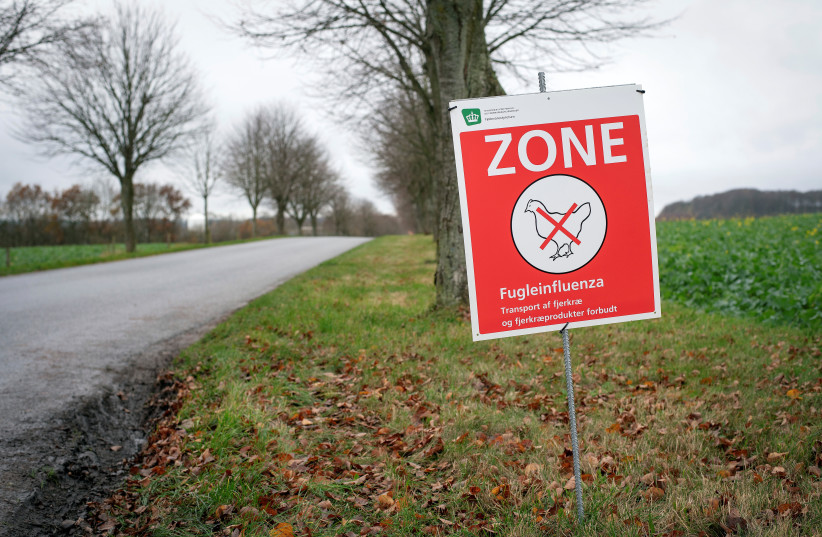Two more human cases of avian influenza A(H5N6) have been detected in China, the Center for Health Protection (CHP) of the Hong Kong Department of Health announced on Thursday.
The first case is a 68-year-old man living in Langzhong who is in critical condition. The report did not state how he was infected with the virus.
The second case is a 55-year-old woman living in Hangzhou who had been exposed to slaughtered poultry. She is also in critical condition.
A spike in the number of human infections caused by the H5N6 subvariant of the bird flu has been recorded in the past year in China.
According to the WHO, the rise in H5N6 cases may reflect the continued circulation of the virus in birds and enhanced surveillance due to the COVID-19 pandemic. The WHO added that the zoonotic threat remains elevated due to the spread of the viruses among birds, but that the overall pandemic risk associated with the strain of bird flu has not significantly changed.

Meanwhile, in the US, 53 wild waterfowl have been found to be infected with Eurasian H5 Highly Pathogenic Avian Influenza (HPAI) at three sites in North Carolina. At least two birds have been found to be infected with the H5N1 subvariant of HPAI in South Carolina. In Virginia, two wild waterfowl have been found to be infected with HPAI.
“These findings continue to support evidence that high path avian influenza is currently present in the Atlantic Americas migratory flyway,” said North Carolina State Veterinarian Mike Martin in a press statement.
Earlier this month, a wild American wigeon was found to be infected with the virus in Colleton County, South Carolina, the first case of Eurasian H5 avian influenza in the US since 2016. Other variants of the bird flu have been detected in the US in recent years.
The United States Department of Agriculture's (USDA) Animal and Plant Health Inspection Service (APHIS) has said that it expects to find further cases among wild birds and advised people to avoid having direct contact with wild birds. The service urged farmers and hunters to practice good biosecurity to prevent the spread of the virus.
The USDA added that the US Centers for Disease Control and Prevention (CDC) still considers the risk to the general public from the variant to be low. No human infections from the variant have occurred in the US.
A large number of bird flu outbreaks have been reported throughout Europe, Africa and Asia in recent weeks, mostly due to the H5N1 subtype, which comes from the H5 lineage, according to the World Organization for Animal Health.
Over a million birds were found to be infected with the variant in Israel in recent months, although Israel's Agriculture Ministry declared in recent weeks that the outbreak is now under control.
The OIE has urged countries to increase surveillance for HPAI outbreaks, as the virus has been reported in over 40 countries since July.
The H5N1, H5N3, H5N4, H5N5, H5N6 and H5N8 subtypes of HPAI are circulating in bird and poultry populations across the globe, sparking concern at OIE which called this an “unprecedented genetic variability of subtypes... creating an epidemiologically challenging landscape.”
Earlier this month, OIE Director General Monique Eloit told Reuters that "this time the situation is more difficult and more risky because we see more variants emerge, which make them harder to follow."
"Eventually the risk is that it mutates or that it mixes with a human flu virus that can be transmitted between humans then suddenly it takes on a new dimension," she added.
Germany’s Federal Research Institute for Animal Health, the Friedrich Loeffler Institute, told the German Deutsche Presse-Agentur (DPA) that Europe is experiencing its “strongest avian flu epidemic ever.”
The institute added that “there is no end in sight” as the virus spreads throughout the continent and around the world, with new cases reported on a daily basis.
